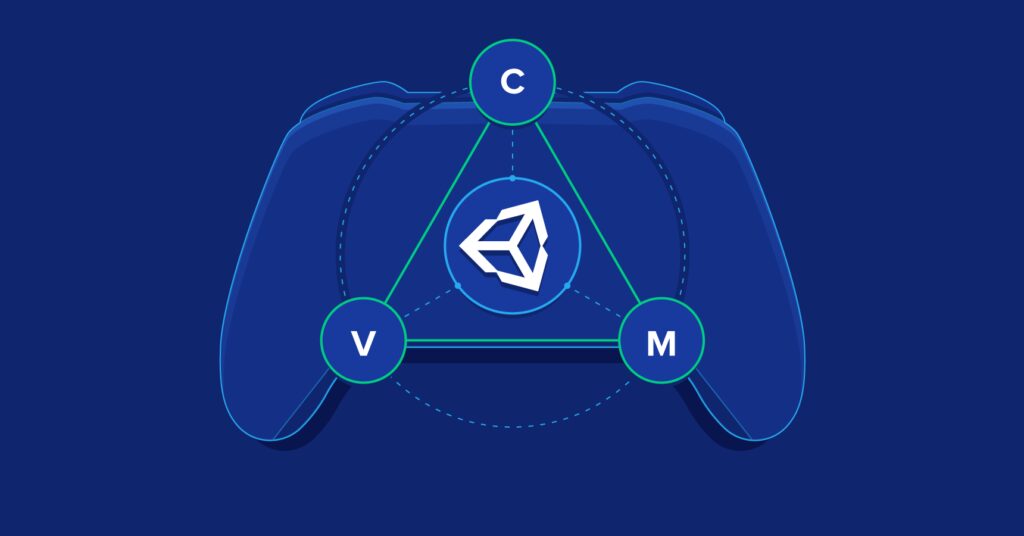This article discusses the process of game development with Unity, one of the most popular game development engines. The first step is to plan the game mechanics, story, characters, and setting, which will serve as your roadmap throughout the development process. Next, download and set up Unity and a code editor like Visual Studio. Unity uses C# as its programming language, and you can use its built-in functionality and assets from the Unity Asset Store to create objects, add physics, and more. Test and debug regularly before publishing on multiple platforms, including PC, Mac, mobile devices, and consoles.
Game Development with Unity: From C# to the Final Product
Introduction
Game development has become a popular career choice for many people who enjoy video games. Unity is one of the most popular game development engines available, and it is responsible for many successful games. If you want to get into game development, learning Unity can be a great starting point. In this article, we will take a look at the process of game development with Unity – from coding in C# to the final product.
Step 1: Planning
Before you start developing a game, you should have a plan. This plan should include the game mechanics, story, characters, and setting. Once you have a basic idea of what your game will be, you can create a design document that outlines all of the details. This document will serve as your roadmap throughout the game development process, and it will help ensure that everyone on your team is on the same page.
Step 2: Set Up Your Workspace
Now that you have a plan, it’s time to set up your workspace. You will need to download and install Unity, which is available for free on their website. Once you have Unity installed, you will also need a code editor. Visual Studio is a popular choice among Unity developers, and it’s also available for free.
Step 3: Creating Your Game
Once Unity and Visual Studio are set up, you can start creating your game. Unity uses C# as its programming language, so you will need to have at least a basic understanding of C# to get started. Unity provides a lot of built-in functionality, and you can use it to create objects, add physics, and more. You can also download assets from the Unity Asset Store to use in your game, such as textures, models, and sound effects.
Step 4: Testing and Debugging
As you develop your game, it’s important to test it regularly to make sure everything is working as expected. Unity provides a testing environment where you can see how your game looks and behaves as you develop it. You can also use the built-in debugger to find and fix errors in your code. It’s important to test your game on multiple platforms to ensure that it works on different devices.
Step 5: Publishing
Once you have finished developing and testing your game, it’s time to publish it. Unity makes it easy to publish your game on multiple platforms, including PC, Mac, mobile devices, and consoles. You will need to create an account on the platform where you plan to publish your game, such as the App Store or Google Play. You will also need to create marketing materials, such as screenshots, trailers, and descriptions, to promote your game.
Conclusion
Game development with Unity can be a challenging but rewarding experience. By following these steps, you can create a great game that works on multiple platforms. Remember to plan your game, set up your workspace, create your game, test and debug, and publish your finished product. With enough time and effort, you can develop a successful game that people will enjoy playing for years to come.
